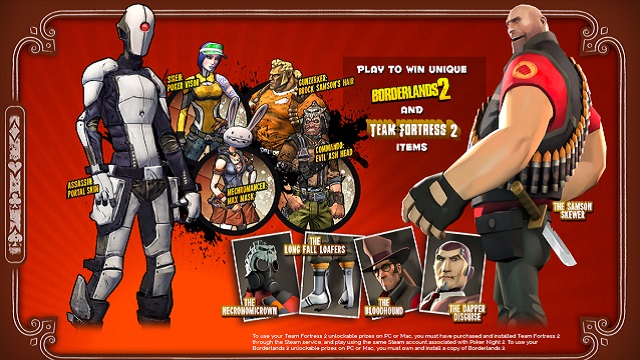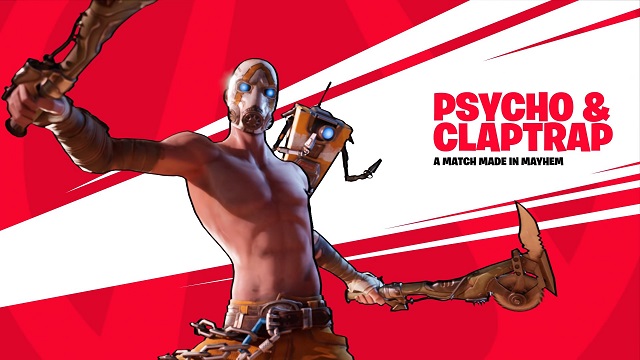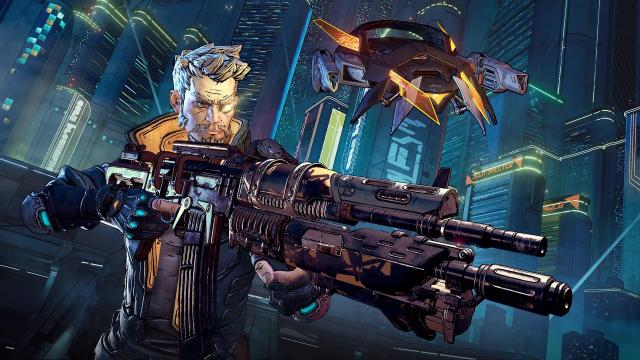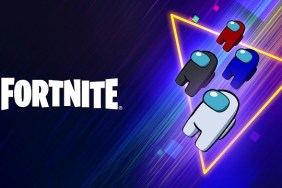Fans of Borderlands and Fortnite alike recently awoke to strange news. Players who pre-order Gearbox’s new FPS will receive a Psycho skin for Epic Games’ phenomenon that will come alongside other Borderlands-themed items. While Fortnite has seen Keanu Reeves and Marvel’s Mad Titan join the ranks, this is the first time that Epic is leveraging its store to push people into its own game. However, this isn’t a wholly original strategy. In the glory days of the Steam marketplace, Valve’s games received similar promotional items. You can still find everything from Batman to Monday Night Combat floating around Team Fortress 2, making Valve’s games a focal point of the growing marketplace. If Epic is truly trying to duplicate this tactic, it’s worth taking a look back at what came before to see how the Epic Games Store might look in the coming months.
Borderlands 3 and Fortnite crossover | Just a couple of Buds
It all started in April of 2010. Cosmetic items (when it was just hats) were still relatively new to Team Fortress 2. In a tie-in with the then-new Sam and Max: The Devil’s Playhouse, Team Fortress 2 received three new items. Anyone who grabbed the game within the launch window received the main character’s signature firearms and a wearable Max head. In those days, these promotions weren’t quite notable, so few players took Valve up on the offer. Therefore, the items became rare, and players who missed their chance would offer huge sums of other items to grab one.
ALSO: The Team Fortress 2 Crate Depression | How one bug crashed Valve’s oldest economy
One of the next updates brought the game to Mac alongside a fun promotion. Anyone who logged into the game on an Apple computer would get a pair of its signature earbuds to wear in-game. The limited window to grab this item and the value of the Max head caused a fervor. Many players (myself included) rushed to find an available computer even if they never intended to play the game on that platform. At that moment, Valve saw a whole lot of potential. Buds and Max’s Heads became reliable currency in the infancy of the Team Fortress 2 economy, and these two promotions gave way to a whole host of game tie-ins.
Borderlands 3 and Fortnite crossover | Opening the floodgates

For the next four to five years, games big and small would offer players cosmetic doodads free with pre-purchase. No items ever reached the value of the first few, but the sheer volume of promotions coming out kept the game lively between more significant updates. Later items would gain the “Genuine” descriptor, meaning that normal versions of the guns and hats could drop outside of the promotional period. This meant that more players got to see and use those items, but they were also way less valuable for traders. Because of that, the excitement surrounding these promos faded away, and fewer and fewer games bothered.
This all happened around the time of Dota 2‘s launch, and Valve was quick to attempt to replicate its success there. However, for whatever reason, the promotions still dried up in 2014. Outside of a Thief-inspired costume for the Drow Ranger and a Fallout 4 announcer, future Dota crossovers would often come from outside of games. The wild success of Dota didn’t need propping up and Team Fortress settled into a comfortable retirement. Steam also welcomed many more games onto its storefront, making everything about it just a little less special — a specialty that Epic is still trying to preserve with its store.
Borderlands 3 and Fortnite crossover | Valve puzzles are bad

The why of Team Fortress 2‘s flood of items is pretty simple. PC gaming was in a much different place at the time. With a smaller market, Valve needed to hustle to get things moving. These item promotions were a way to drive game sales, especially among Valve’s most loyal customers. I’ll admit, while neck-deep in the TF2 economy, I bought games like Total War and Tomb Raider on PC solely for item drops. It was the only way to keep up, and I certainly wasn’t the only one in that camp. Epic wants to get people that for its store and this deal is proof.
When combined with things like the Flash Deals in Steam sales and the curated nature of the storefront, Steam bred devoted customers. Those are the type of people who are now on the front lines decrying everything Epic Games does with its storefront. It was a way to make Valve games feel special and keep people devoted to its ecosystem. Even if every game didn’t come to the storefront, even if PC ports weren’t the end all be all, Valve created a welcoming environment through the attachment these tactics yielded.
Borderlands 3 and Fortnite crossover | An Epic conclusion

All this is a way of saying that Epic Games knows what it is doing as it is replicating what Valve has already done to transform into the juggernaut it is now. While hardcore traders stopped caring about promotional items in Team Fortress 2, that’s not a concern in Fortnite. There’s no equivalent to the Steam marketplace, and all non-shady real money transactions go right through Epic. The company isn’t trying to foster mega fans. It is doing what items like Max’s head were designed for in the first place: drive other players back to Epic and give Fortnite die-hards a reason to buy other partnered releases.
We’ll have to see if other Epic Game Store releases follow in Borderlands 3‘s shoes and add themselves to Fortnite. While it may seem like a win-win, the Epic Game Store still isn’t the welcoming environment that Steam was back in Team Fortress 2‘s heyday. A Fortnite promo means that you’re shacking up with the enemy in some people’s eyes, and that might dissuade sales when games eventually come back around to Steam. Still, having your cover star in the most popular game in the world might be worth that risk and get more people to hop on board. Epic seems to understand what this deal means and it will be interesting to see what other tricks it pulls from Valve’s playbook as its store continues to evolve.







